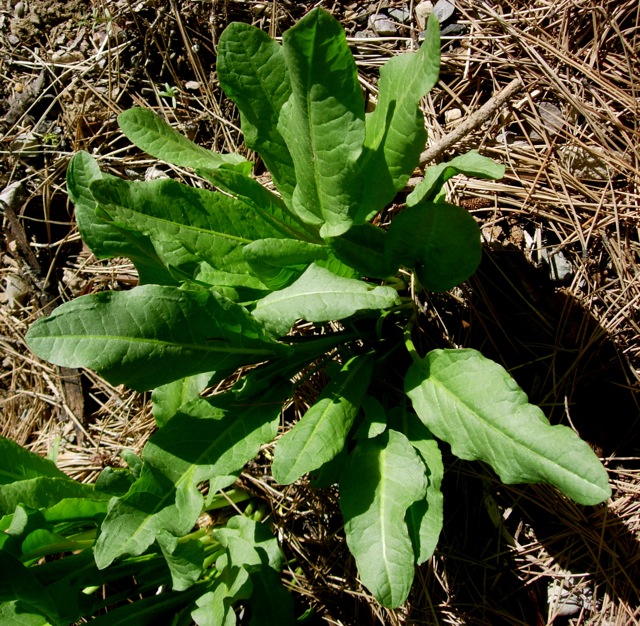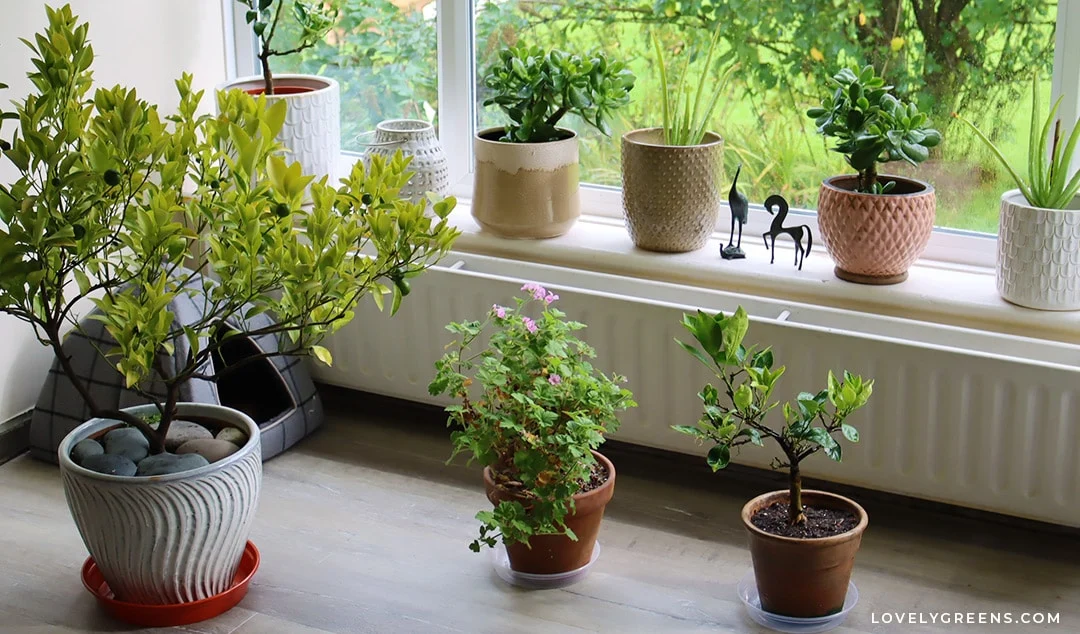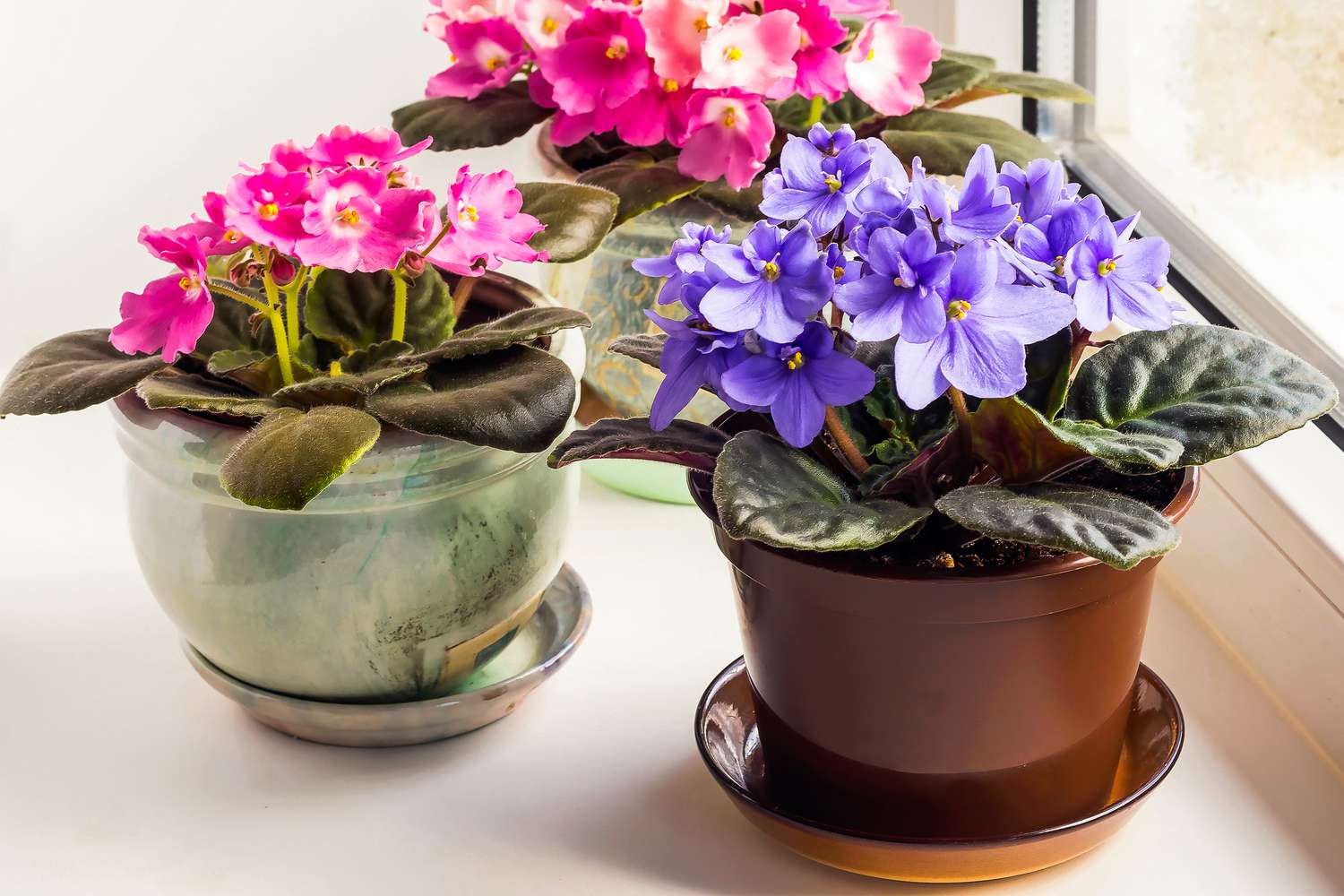To start a rooftop vegetable garden, follow these steps: plan the layout, select suitable containers or beds, choose the right vegetables, and provide proper care and maintenance. Rooftop vegetable gardens offer the convenience of fresh produce right at your doorstep while making the most of limited space.
By following these steps, you can create your own sustainable and green oasis, no matter the size of your rooftop. With careful planning, appropriate containers, and regular maintenance, you can enjoy the rewards of growing your own vegetables while reducing your carbon footprint.
Choosing The Right Location
Assessing Sunlight Needs
Place garden in sunny spot (at least 6 hrs of sunlight/d).
Considering Drainage And Water Access
Ensure rooftop has good drainage for water runoff.
Evaluating The Conditions
Evaluate the rooftop conditions for adequate sunlight, drainage, and weight-bearing capacity as the first step in starting a successful vegetable garden. Analyze the space for wind exposure and accessibility before planting to ensure optimal growing conditions.
Checking Sunlight Exposure
One of the crucial factors in evaluating the conditions for a rooftop vegetable garden is checking the sunlight exposure. Assessing the amount of sunlight your rooftop receives will help determine which vegetables are suitable to grow. The ideal scenario would be to have at least six hours of direct sunlight each day. Sun-loving vegetables such as tomatoes, peppers, and cucumbers thrive in full sunlight, while leafy greens like spinach and lettuce can tolerate partial shade.
Wind Conditions
Wind conditions play a significant role in the success of your rooftop vegetable garden. Strong winds can damage plants, potentially uprooting them or causing them to wilt. Assessing the wind conditions will help you plan accordingly by providing necessary protection for your crops. Consider installing windbreaks, such as trellises, fencing, or tall plants, to shield your vegetable garden from strong gusts. Additionally, you may need to choose wind-resistant vegetables, like beans or herbs, that can withstand the rooftop’s tough environment.
Accessibility And Water Source
Another crucial aspect when evaluating the conditions for a rooftop vegetable garden is accessibility and water source. Urban rooftop gardens often lack convenient access to water, so it is essential to consider this factor before starting. Evaluate whether you have a nearby water source or if you need to set up a watering system, such as drip irrigation or a rainwater harvesting system.
Additionally, ensure that your rooftop garden is easily accessible. Consider the weight limitations of your rooftop and the amount of effort it will require to transport materials to and from your garden. Having accessibility in mind will help you plan more effectively and make maintenance tasks, such as watering and harvesting, easier and more convenient.
Selecting Suitable Containers
Choosing the right containers for your rooftop vegetable garden is a crucial step in ensuring the success of your endeavor. In this section, we will explore different container options and evaluate their size and depth requirements. By the end of this guide, you will have the knowledge needed to make informed decisions and get your rooftop vegetable garden started on the right foot.
Exploring Container Options
When it comes to selecting containers for your rooftop vegetable garden, there are several options to consider. Each option has its own advantages and limitations, so it’s important to choose one that suits your needs and circumstances. Here are some container options to explore:
- Traditional Garden Pots: These pots are made from plastic, terracotta, or ceramic. They come in various sizes and shapes, allowing you to choose the ones that best fit your rooftop garden space. Traditional garden pots are a popular choice due to their affordability and versatility.
- Grow Bags: Grow bags are made from breathable fabric and have become increasingly popular among urban gardeners. They are lightweight, portable, and come in various sizes. Grow bags provide excellent drainage and root aeration, making them suitable for a variety of vegetable crops.
- Window Boxes: If you have limited space on your rooftop, window boxes can be a great option. These long, narrow containers can be hung on railings or placed on windowsills. They are ideal for growing herbs, lettuce, and other small vegetables.
- Vertical Planters: Vertical planters are perfect for maximizing space on your rooftop. These planters can be attached to walls or fences, allowing you to grow vegetables vertically. They are a great option for those with limited floor space.
Evaluating Size And Depth Requirements
Once you have decided on the type of container you want to use, it’s important to evaluate its size and depth requirements. Different vegetables have varying root depths, and providing enough space for their growth is essential for their overall health and productivity. Here are some general guidelines to follow:
- Small vegetables, such as lettuce and herbs, require a container depth of at least 6 inches.
- Medium-sized vegetables, like tomatoes and peppers, need a container depth of 12-18 inches.
- Large vegetables, such as cucumbers and zucchinis, demand a container depth of 24 inches or more.
Additionally, make sure the containers you choose have sufficient width to accommodate the root spread of the vegetables you plan to grow. Providing enough space for the roots will allow your plants to establish a strong foundation and access the necessary nutrients and water.
Now that you have explored various container options and evaluated their size and depth requirements, you are ready to move on to the next step of starting your rooftop vegetable garden. Stay tuned for the upcoming section on soil selection and preparation!
Designing Your Garden Layout
When starting a rooftop vegetable garden, designing an efficient layout is crucial. Follow these principles to maximize space and create a functional and aesthetically pleasing garden.
Principles Of Garden Design:
- Consider sunlight exposure for each plant
- Plan proper spacing for plant growth
- Divide the garden into zones for different crops
Maximizing Space With Vertical Gardening:
Vertical gardening allows you to grow more in a small space. Use trellises, hanging planters, and wall-mounted pots to utilize vertical space efficiently.
Creating An Aesthetic And Functional Space:
Blend beauty and functionality by incorporating decorative containers and pathways in your garden design. Ensure easy access for maintenance tasks.
Creating Healthy Soil
Creating healthy soil is crucial for the success of your rooftop vegetable garden. The quality of your soil directly impacts the growth, yield, and nutrient content of your vegetables. Here, we will cover the necessary steps to ensure that your rooftop garden has the best possible soil for growing healthy and abundant vegetables.
Choosing The Right Soil Mix
When selecting a soil mix for your rooftop vegetable garden, it’s essential to choose a blend that is lightweight, well-draining, and nutrient-rich. Look for a mix that consists of equal parts of garden soil, compost, and perlite or vermiculite to ensure a well-balanced, fertile growing medium.
Amending The Soil For Optimal Nutrition
Amending the soil with organic matter such as compost or aged manure can provide essential nutrients for your vegetables. Spread a thick layer of organic matter over the soil surface and gently work it into the top few inches of the soil. This will enhance the soil structure, improve water retention, and promote beneficial microbial activity in the soil.
Preparing The Rooftop
When it comes to starting a rooftop vegetable garden, one of the crucial steps is preparing the rooftop. This includes clearing the area and ensuring the structural integrity of the rooftop. Creating a suitable environment for your rooftop garden will pave the way for successful and sustainable vegetable cultivation.
Clearing The Area
Before starting a rooftop vegetable garden, it is essential to clear the area of any debris, loose materials, or obstacles that may hinder the cultivation process. Clearing the area involves removing any existing plants, rocks, and other debris that could impede the growth of your vegetable garden.
- Remove any weeds, rocks, or debris from the rooftop surface.
- Ensure that the area is clean and free from any obstructions.
- Check for any drainage issues and address them before proceeding.
Ensuring Structural Integrity
Structural integrity is paramount when establishing a rooftop vegetable garden. The rooftop must be able to support the weight of the garden, soil, plants, and irrigation system. Conducting a thorough inspection of the rooftop’s structural integrity is crucial for the safety and sustainability of the garden.
- Consult a structural engineer to assess the load-bearing capacity of the rooftop.
- Ensure that the roof is waterproof and can withstand the additional weight of the garden.
- Consider using raised beds or containers to distribute the weight evenly across the rooftop.
Choosing The Right Vegetables
When starting a rooftop vegetable garden, selecting the right vegetables is crucial. Consider your climate and growing season for optimal results. Suitable vegetables will thrive in containers and provide a bountiful harvest.
Considering Your Climate And Growing Season
- Research the average temperatures and weather conditions in your area.
- Choose vegetables that are well-suited for your specific climate and growing season.
- Opt for heat-tolerant plants if you live in a hot region or cold-hardy varieties for cooler climates.
Selecting Vegetables Suited For Containers
- Focus on vegetables that are compact in size and don’t require extensive root systems.
- Popular options include tomatoes, peppers, lettuce, herbs, and radishes.
- Ensure the selected vegetables can thrive in the limited space of a container garden.
Grow a diverse selection of vegetables to cater to your preferences and nutritional needs. By choosing the right vegetables for your rooftop garden, you can enjoy a flourishing display of freshness just steps away from your kitchen.
Getting Started
Starting a rooftop vegetable garden is a fantastic way to grow your own fresh produce, even if you don’t have access to a conventional garden space. Utilizing your rooftop can maximize your growing potential and bring greenery to urban spaces. In this guide, we’ll walk you through the step-by-step process of setting up your rooftop vegetable garden for success.
Step 1: Preparing Your Space
First, assess your rooftop to determine its suitability for a vegetable garden. Ensure it receives at least six hours of direct sunlight each day, as vegetables thrive in sunny conditions. Also, check if your rooftop can bear the weight of containers, soil, and plants. Remove any debris or obstacles to create a clean and safe gardening space.
| Tip: | If you’re unsure about your rooftop’s weight-bearing capacity, consult a professional engineer. |
|---|
Step 2: Installing Containers And Soil
- Choose suitable containers that provide proper drainage for your vegetable plants. Opt for lightweight, weather-resistant materials, such as plastic or fabric pots.
- Position the containers strategically to optimize space and prevent overcrowding. Leave enough room for plants to grow and spread their roots.
- Fill the containers with a high-quality, well-draining soil mix enriched with organic matter. This will provide the necessary nutrients for healthy plant growth.
| Tip: | Consider vertical gardening techniques like using trellises or wall-mounted containers to maximize space utilization. |
|---|
Step 3: Planting Your Seeds Or Seedlings
- Choose vegetables that are well-suited for container gardening and your local climate. Some popular choices include tomatoes, peppers, lettuce, herbs, and cucumbers.
- Follow the planting instructions on your seed packets or transplant your seedlings with care, ensuring proper spacing and depth.
- Label your plants to keep track of their progress and easily identify different varieties.
| Tip: | Consider companion planting to maximize your garden’s productivity. For example, planting basil near tomatoes can help repel pests. |
|---|
Step 4: Setting Up An Irrigation System
Proper irrigation is crucial for the success of your rooftop garden. Consider installing an efficient drip irrigation system that delivers water directly to the plants’ roots.
- Determine the water needs of your vegetable plants and set up a watering schedule.
- Regularly monitor moisture levels and adjust watering frequency as necessary.
- Ensure the irrigation system is properly maintained to prevent clogs or leaks.
| Tip: | Collect rainwater in barrels to conserve water and use it for your garden irrigation. |
|---|
Maintenance And Care
Embarking on a rooftop vegetable garden involves understanding the basics of maintenance and care. Begin by selecting the right containers and soil, paying attention to sunlight and water, and monitoring plant growth regularly. This methodical approach will ensure a successful rooftop garden and bountiful harvest.
Maintenance and care are essential aspects of nurturing a successful rooftop vegetable garden. By paying attention to watering, managing pests and diseases, and conducting seasonal maintenance tasks, you can ensure the health and productivity of your plants. In this section, we will cover these important facets of rooftop garden care step by step.
Watering your rooftop garden
Proper watering is crucial for the well-being of your rooftop vegetable garden. As plants on rooftops are exposed to increased sunlight and wind, they tend to dry out more quickly. Adequate hydration helps plants thrive and produce a bountiful harvest. Here are some key points to remember when watering your rooftop garden:
- Be consistent: Water your plants regularly, preferably at the same time every day, to establish a routine.
- Monitor soil moisture: Check the soil moisture level before watering. Stick your finger about one inch into the soil; if it feels dry, it’s time to water.
- Deep watering: Provide a thorough soaking to ensure water reaches the roots. Apply water slowly to allow it to penetrate deep into the soil.
- Mulching: Apply a layer of organic mulch around your plants to help retain moisture and reduce water evaporation.
- Water-saving methods: Consider using drip irrigation or a soaker hose system to deliver water directly to the plants’ root zones, minimizing wastage.
Managing pests and diseases organically
Pests and diseases can pose a threat to your rooftop garden, but there are organic methods to combat them effectively. By taking preventive measures and using natural remedies, you can protect your plants without resorting to harmful chemicals. Here are some tips for managing pests and diseases organically:
- Companion planting: Interplanting certain flowers and herbs with your vegetables can deter pests naturally. For example, marigolds repel aphids and nematodes.
- Handpicking: Regularly inspect your plants for pests, such as caterpillars or snails, and remove them by hand.
- Homemade sprays: Make natural sprays using ingredients like garlic, neem oil, or soap. These can help control pests like aphids and spider mites.
- Beneficial insects: Encourage the presence of beneficial insects, such as ladybugs and lacewings, which feed on garden pests.
- Crop rotation: Rotate your crops each season to reduce the risk of disease buildup in the soil.
Seasonal maintenance tasks
Maintaining a rooftop vegetable garden involves seasonal maintenance tasks to keep your plants healthy and productive throughout the year. Here are some maintenance tasks to perform during each season:
Spring: – Clear debris and dead plants from the previous season.
– Prepare the soil by adding compost or organic matter. – Start sowing seeds or transplanting seedlings.
Summer: – Monitor watering needs and adjust accordingly.
– Provide shade or use shade cloth to protect sensitive plants from excessive heat.
– Regularly harvest ripe vegetables to encourage further growth.
Autumn: – Remove spent plants and compost them.
– Plant cold-tolerant crops for a fall or winter harvest.
– Protect crops from late-season pests and frost, if necessary.
Winter: – Provide frost protection with cloches or row covers.
– Continue harvesting cold-tolerant crops and enjoy fresh produce throughout the season.
– Plan for the upcoming spring by ordering seeds and planning crop rotations.
By following these maintenance and care guidelines, you can ensure the success of your rooftop vegetable garden. Remember to water consistently, manage pests organically, and perform seasonal tasks to nurture your plants and enjoy a flourishing harvest.
Harvesting Your Produce
When it comes to rooftop vegetable gardening, the most satisfying part is harvesting your produce. It’s rewarding to see the results of your hard work and care. Knowing when and how to harvest your vegetables is crucial for ensuring they are at their peak freshness and flavor.
Signs Your Vegetables Are Ready To Harvest
- Color: Look for vibrant colors that indicate ripeness.
- Size: Vegetables should reach their mature size.
- Texture: Feel for firmness or softness depending on the vegetable.
Tips For Harvesting
- Use sharp tools: Ensure clean cuts to avoid damage to the plants.
- Harvest in the morning: Vegetables are juicier and fresher earlier in the day.
- Handle with care: Avoid bruising or damaging the produce during harvest.
Storing And Preserving Your Vegetables
After harvesting, it’s essential to store and preserve your vegetables properly to maintain their freshness and flavor:
| Vegetable | Storage Tips |
|---|---|
| Leafy greens | Store in airtight bags in the fridge. |
| Root vegetables | Keep in a cool, dark place with high humidity. |
| Tomatoes | Store at room temperature away from direct sunlight. |
Frequently Asked Questions Of How To Start A Rooftop Vegetable Garden Step By Step
What Materials Are Needed For Roof Top Gardening?
To start a rooftop garden, you’ll need containers, potting mix, plants, and water source. Opt for lightweight materials like fabric pots and create proper drainage.
What Plants Are Best For Rooftop Gardens?
The best plants for rooftop gardens include succulents, herbs like thyme and rosemary, vegetables like lettuce and tomatoes, and flowers such as marigolds and pansies. These plants thrive in containers, require less soil and water, and offer beauty and freshness to rooftop spaces.
Can I Grow Vegetables On My Roof?
Yes, you can grow vegetables on your roof. It’s a great way to utilize space and have fresh produce. Ensure you have proper drainage, adequate sunlight, and choose suitable container-grown varieties. Roof gardens help with insulation and reduce energy consumption.
Create a green oasis!
How Do You Start A Vegetable Garden Bed From Scratch?
To start a vegetable garden bed from scratch, choose a sunny spot, clear the area of weeds, loosen the soil, add compost, and plant your desired vegetables.
Conclusion
Creating a rooftop vegetable garden is a fulfilling experience that connects you with nature. By following these steps, you can transform your space into a flourishing garden oasis. Embrace the joy of gardening and enjoy fresh produce right at your fingertips.
Start your rooftop garden journey today!
















